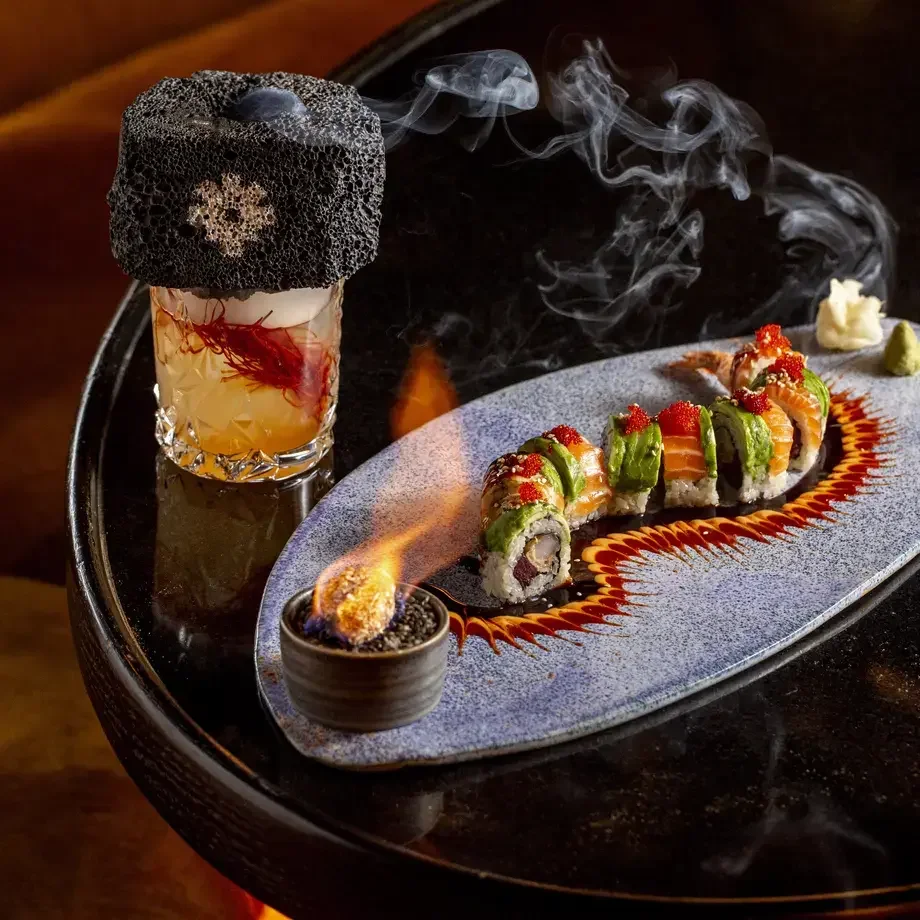Preparation
Combine the bread, rice, soy flours and yeast in a stand mixer fitted with a dough hook.
Mix in 1-1/2 cups of water, and knead on low speed until the dough comes together and no dry flour remains for about 3 minutes.
Mix in the salt and olive oil and knead on medium speed. Add the remaining 1/4 cup of water gradually as you knead.
Increase the speed to medium-high after 2 to 3 minutes. Knead until the dough is smooth and elastic, about 10 minutes.
Cover tightly with plastic wrap and let rise in the refrigerator for 24 hours in a bowl lightly greased with vegetable oil.
Turn the dough out onto a well-floured surface. Divide it into 6 equal pieces, weighing around 165 grams (5.8 oz.) each.
Taking each piece one at a time, fold the corners into the center in order to attach them. Do not flatten. Repeat with the remaining dough pieces.
Grease a baking sheet and place the roughly shaped dough balls on it. Make sure there is enough space between the pieces so that they can double in size without touching. Lightly sprinkle the dough with bread flour, and cover the baking sheet with plastic wrap. Allow the dough to rise at room temperature for two to three hours until doubled.
Prepare the pinsa topping while the dough is rising. Well ahead of baking, heat the grill to 660°F/350°C
On a floured surface, place one dough ball, then sprinkle more flour on top. Working from the centre outward, shape the dough into an oval by pressing your fingers into the dough, gently stretching and pulling, until it measures approximately 6 inches by 10 inches.
Brush one side of the dough with olive oil. Gently lift the dough, spreading your fingers flat underneath to prevent tearing. Shake off any excess flour.
Place the dough on the grill grate, oiled side down. Bake for 30 seconds with the lid closed. Brush the unoiled side of the dough with olive oil. Use tongs to release the dough from the grate and flip it over. Bake for another 30 seconds with the lid closed. Flip every 20 to 30 seconds until both sides are golden brown, about 3 minutes.
Place on a plate with the hottest side facing upward. Add the toppings and serve.
How to top pinsa romana
With pinsa, your options are endless; it's 100% customisable – you can be as creative or as traditional as you like with the toppings. Whether you have picky eaters like children or adults with more refined taste buds, you can craft a pinsa to please both.













